Welcome to the world of running for beginners! Whether you are looking to improve your fitness, lose weight, or just enjoy the outdoors, running is a great way to achieve your goals. In this guide, we will provide you with valuable tips and tricks to help you start your running journey on the right foot. From choosing the right gear to proper breathing techniques and nutrition tips, we’ve got you covered. So lace up your running shoes and get ready to hit the pavement!
Benefits of Running for Beginners
Starting a running routine as a beginner offers numerous benefits for your physical and mental health. Regular running improves cardiovascular fitness, strengthens muscles, and increases endurance. It also boosts your mood and reduces stress, enhancing your mental well-being. Additionally, running is an effective way to support weight loss goals by burning calories and increasing your metabolism. As a beginner, you can enjoy these benefits by gradually increasing your running distance and intensity over time. So, lace up your shoes and get ready to experience the amazing benefits of running!
Benefits of Running for Physical and Mental Health
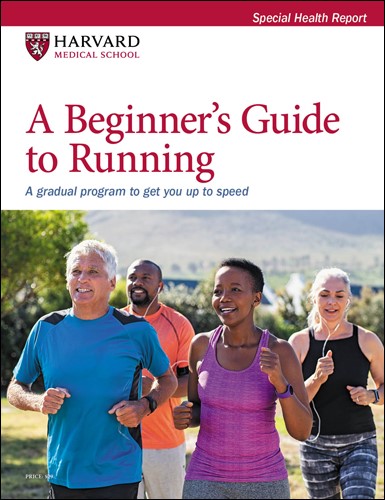
Running offers numerous benefits for your physical and mental health. On a physical level, regular running improves cardiovascular fitness, strengthens muscles, and increases endurance. It also helps to maintain a healthy weight and reduces the risk of chronic diseases. On a mental level, running boosts your mood by releasing endorphins, which are the “feel-good” hormones. It also reduces stress and anxiety, improves sleep quality, and enhances cognitive function. So, by incorporating running into your routine, you can enjoy improved overall health and well-being.
Benefits of Running for Weight Loss

Running is an excellent form of exercise for weight loss. When you run, your body burns calories, which can help you shed excess pounds. Running also helps to increase your metabolism, which means you continue to burn calories even after your workout is over. Additionally, running can help tone your muscles and improve your body composition. Incorporating running into your weight loss journey can lead to significant results and help you achieve your fitness goals. Remember to combine running with a balanced diet for optimal weight loss results.
Getting Started with Running
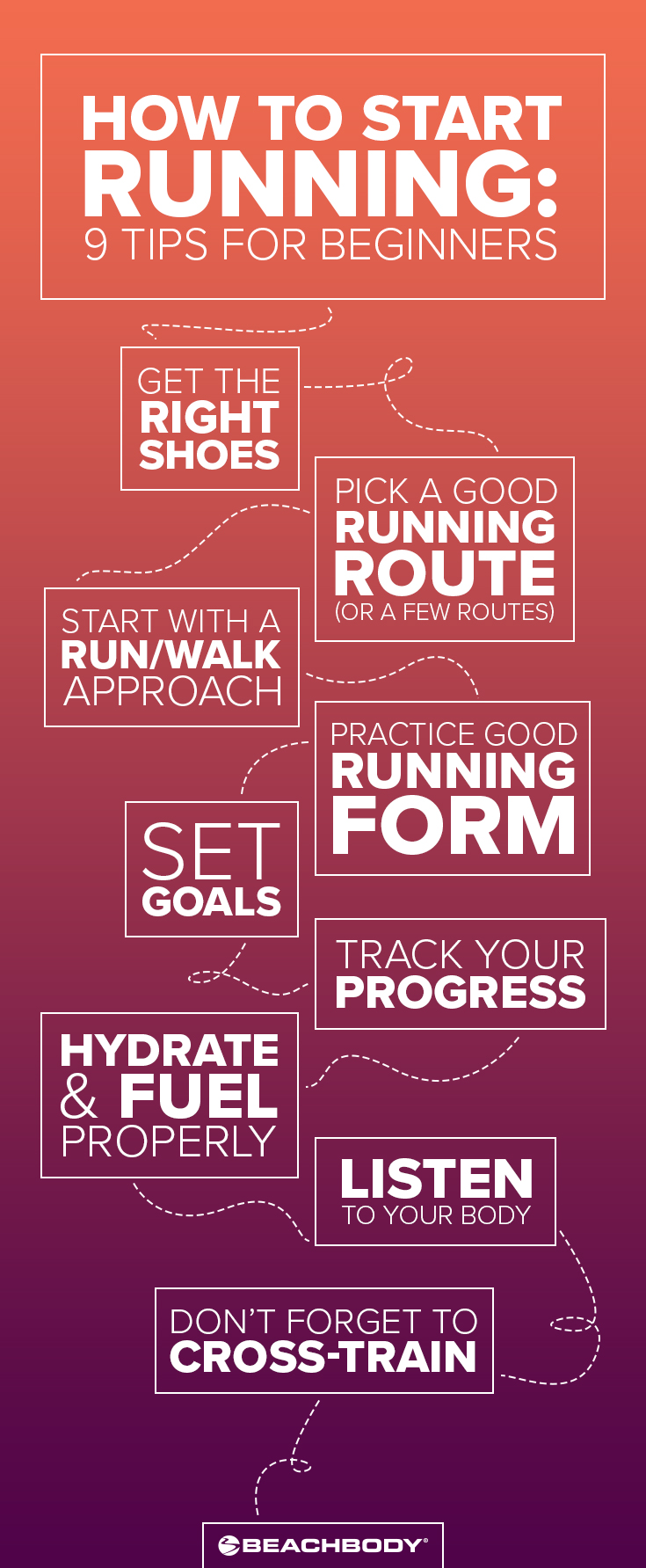
When starting out with running, it’s important to choose the right gear. Invest in a good pair of running shoes that provide proper support and cushioning. Additionally, set realistic goals for yourself to avoid burnout or injury. Start with shorter distances and gradually increase your mileage over time. Proper running techniques are key to preventing injuries, so focus on maintaining good posture and stride. Remember to listen to your body and take rest days when needed. Before you know it, you’ll be on your way to becoming a confident and strong runner.
Choosing the Right Running Gear

When it comes to running, choosing the right gear is crucial for a comfortable and successful experience. Invest in a good pair of running shoes that are specifically designed for your foot type and running style. Look for shoes that provide support and cushioning to protect your feet from impact. Additionally, wear moisture-wicking and breathable clothing to keep you cool and dry during your workouts. Don’t forget to wear a properly fitted sports bra for women and consider wearing a hat or sunglasses for sun protection. By choosing the right running gear, you’ll have a more enjoyable and injury-free running experience.
Setting Realistic Running Goals

Setting realistic running goals is essential for beginners to stay motivated and track their progress. Start by setting small, achievable goals that are specific, measurable, and time-bound. For example, aim to run for 20 minutes without stopping within a month. As you achieve these goals, gradually increase your running time or distance. Remember to listen to your body and adjust your goals accordingly. Celebrate your accomplishments along the way to keep yourself motivated and engaged in your running journey. With realistic goals, you’ll be more likely to stay committed and enjoy the process of becoming a stronger runner.
Proper Running Techniques
:max_bytes(150000):strip_icc()/proper-running-form-graphic-758d53100af74108acdd36e5e3f2d418.jpg)
When it comes to running, proper technique is crucial for efficiency and injury prevention. Focus on maintaining an upright posture, with your head aligned with your spine and your shoulders relaxed. Keep your arms at a 90-degree angle, swinging them forward and backward, not across your body. Land on the middle of your foot, with a light and quick stride. Remember to breathe deeply and rhythmically, inhaling through your nose and exhaling through your mouth. By mastering these proper running techniques, you’ll enhance your performance and minimize the risk of injuries.
Breathing Techniques for Beginners
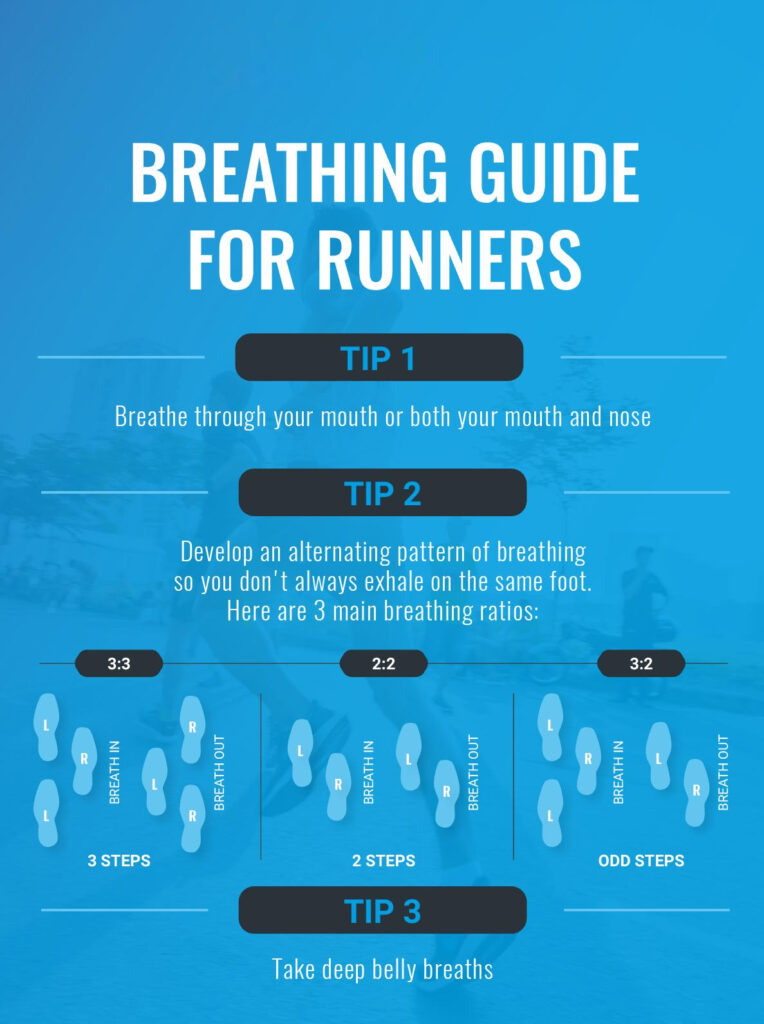
Proper breathing technique is essential for runners, especially beginners, as it helps improve endurance and prevent side stitches. One effective technique is diaphragmatic breathing. To do this, inhale deeply through your nose, expanding your belly as you fill your lungs with air. Exhale through your mouth, allowing your belly to deflate. Another technique is the 2:2 breathing pattern, where you inhale for two counts and exhale for two counts. Experiment with different breathing techniques to find what works best for you and helps you maintain a steady rhythm while running.
Avoiding Common Running Injuries

To ensure a strong and injury-free start to your running journey, it is crucial to take precautions and avoid common running injuries. Here are a few tips:
- Warm up properly: Always start your run with a warm-up routine to prepare your muscles for the activity.
- Wear appropriate footwear: Invest in a good pair of running shoes that provide proper cushioning and support to prevent injuries.
- Listen to your body: Pay attention to any pain or discomfort and take necessary breaks if needed. Pushing through pain can lead to more serious injuries.
- Gradual progression: Increase your running distance and intensity gradually to allow your body to adapt and reduce the risk of overuse injuries.
- Cross-training: Incorporate cross-training exercises to strengthen your muscles and prevent imbalances.
- Stretch and cool down: After your run, don’t forget to stretch and cool down to improve flexibility and prevent muscle soreness.
By following these tips, you can significantly reduce the risk of common running injuries and enjoy a successful and injury-free running journey.
Running Nutrition Tips

Fueling your body with the right nutrition is essential for optimal performance and recovery as a beginner runner. Here are a few running nutrition tips to keep in mind:
- Pre-run Fueling Strategies: Eat a balanced meal or snack rich in carbohydrates and moderate in protein about 1-2 hours before your run to provide you with sustained energy.
- Hydration: Stay well-hydrated throughout the day and drink water before, during, and after your runs to replace fluids lost through sweat.
- Post-run Recovery Nutrition: After your run, refuel with a combination of carbohydrates and protein to aid in muscle recovery and replenish glycogen stores.
By following these nutrition tips, you’ll be able to optimize your running performance and enhance your overall fitness journey.
Pre-run Fueling Strategies
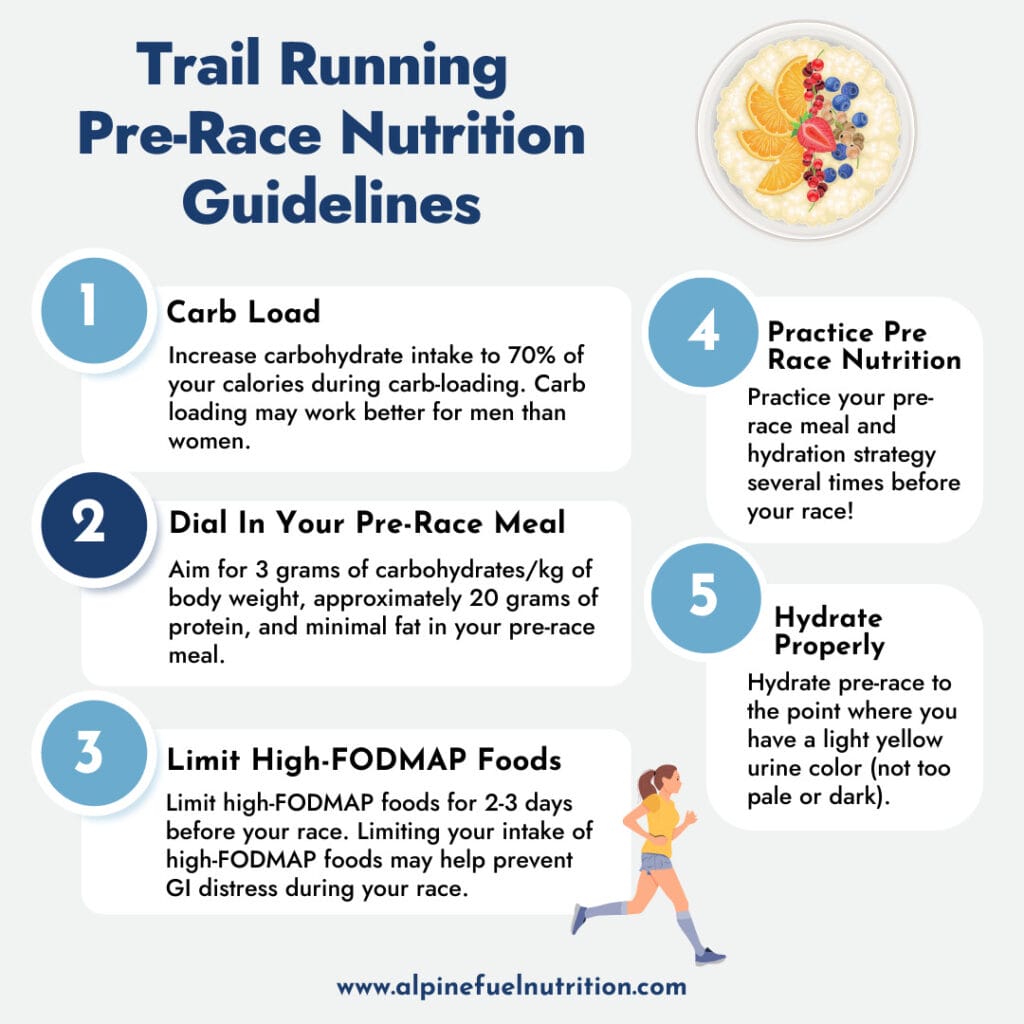
To optimize your running performance, it’s important to fuel your body with the right nutrients before a run. Aim to consume a balanced meal or snack about 1-2 hours before your run. Focus on foods that are rich in carbohydrates to provide you with sustained energy. Good options include whole grains, fruits, and vegetables. Moderate amounts of protein can also be beneficial for muscle support and repair. Avoid high-fat and high-fiber foods as they can lead to digestive discomfort. Lastly, don’t forget to hydrate adequately before your run to ensure optimal performance.
Post-run Recovery Nutrition

After a run, it’s crucial to replenish your body with the right nutrients to aid in recovery. Aim to consume a combination of carbohydrates and protein within 30 minutes to an hour after your run. Carbohydrates help replenish glycogen stores, while protein aids in muscle repair. Good post-run snacks include a banana with peanut butter, a protein shake, or Greek yogurt with fresh fruit. Hydration is also important, so make sure to drink plenty of water to rehydrate your body. This will help you bounce back faster and be ready for your next run.
Building Endurance and Speed

To build endurance and speed, gradually increase your running distance over time. Start by adding a few extra minutes to your runs or adding an additional day of running each week. Consistency is key in building endurance. Interval training can also help improve your speed. Incorporate bursts of high-intensity running followed by short periods of recovery. This helps improve your cardiovascular fitness and trains your body to run faster. Remember to listen to your body and give yourself rest days to prevent overtraining. Stay motivated and keep challenging yourself to reach new goals.
Gradual Progression in Running Distance
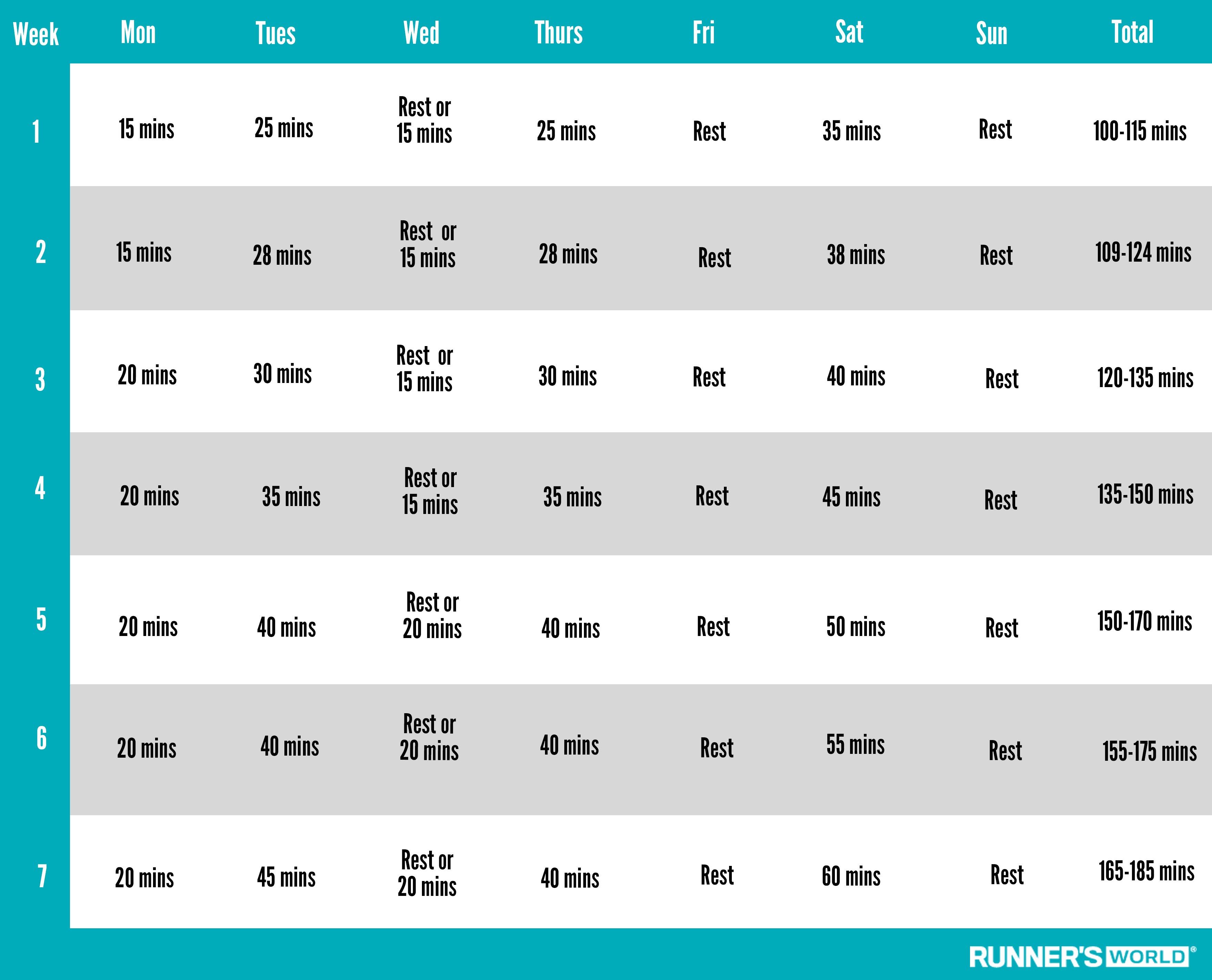
To build endurance and improve your running distance, it’s important to gradually increase your mileage over time. Start by adding a few extra minutes to your runs or adding an additional day of running each week. This gradual progression allows your body to adapt to the increased demands and helps prevent injuries. Keep a log of your runs to track your progress and celebrate your achievements along the way. Remember to listen to your body and give yourself rest days to avoid overtraining. Stay consistent and patient, and you’ll see improvements in your endurance and running distance.
Incorporating Interval Training for Speed

Incorporating interval training into your running routine can greatly improve your speed and overall performance. Interval training involves alternating between intense bursts of running and recovery periods. For example, you can sprint for 30 seconds and then jog or walk for one minute, repeating this cycle for a certain duration. This type of training helps improve your cardiovascular fitness, increases your anaerobic capacity, and boosts your speed and endurance. Gradually increase the intensity and duration of your intervals over time to see significant improvements in your running speed and performance. Remember to warm up properly before starting interval training and cool down afterward to prevent injuries and muscle soreness.
Staying Motivated and Consistent
:max_bytes(150000):strip_icc()/how-to-start-running-the-absolute-beginners-guide-2911191-3231-1bc4d82ab0494200b126e521dd1c0edb.jpg)
Creating a Running Routine: Establishing a regular running routine can help you stay motivated and consistent in your training. Choose specific days and times to dedicate to running and stick to them. Treat your running sessions as appointments in your schedule that cannot be missed. Having a set routine helps develop discipline and makes it easier to stay committed to your goals. Write down your running schedule and track your progress to hold yourself accountable.
Mental Tricks for Overcoming Running Challenges: Running can sometimes be mentally challenging, especially during tough workouts or when fatigue sets in. To stay motivated, try using mental tricks such as visualization and positive self-talk. Picture yourself crossing the finish line or achieving your running milestones. Repeat affirmations like “I am strong” or “I can do this” to boost your confidence. Practice mindfulness during your runs by focusing on your breathing and the sensations in your body. These mental strategies can help you overcome mental barriers and stay motivated throughout your running journey.
Creating a Running Routine
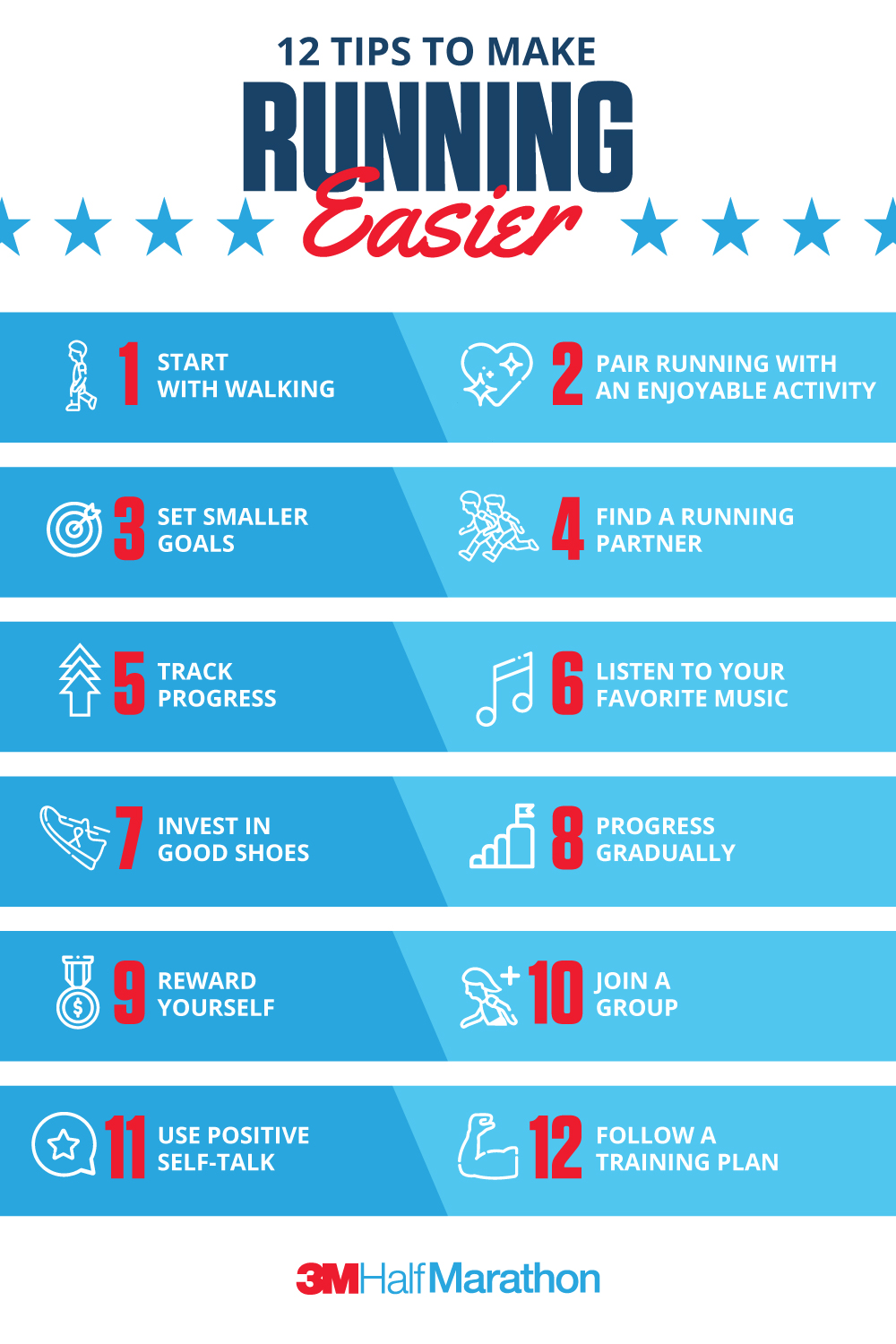
Establishing a regular running routine is crucial for staying motivated and consistent in your training as a beginner. Choose specific days and times that you can dedicate solely to running and stick to them. Treat your running sessions as appointments in your schedule that cannot be missed. Write down your running schedule and track your progress to hold yourself accountable. Having a set routine helps develop discipline and makes it easier to stay committed to your running goals.
Mental Tricks for Overcoming Running Challenges

When faced with running challenges, it’s essential to have mental strategies to overcome them. Firstly, break down your run into smaller, manageable segments, focusing on one step at a time. Use positive self-talk to motivate yourself and stay mentally strong. Visualize achieving your goals and imagine how great you will feel when you complete your run. Create a mantra or phrase to repeat when things get tough to keep your spirits up. Remember that running is a mental game as much as a physical one, and with determination and perseverance, you can conquer any challenge that comes your way.
For More Blogs visit Aerns

